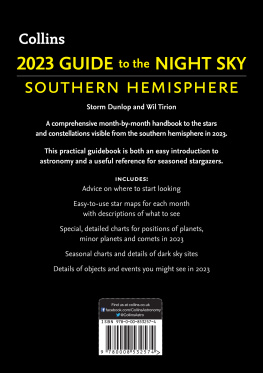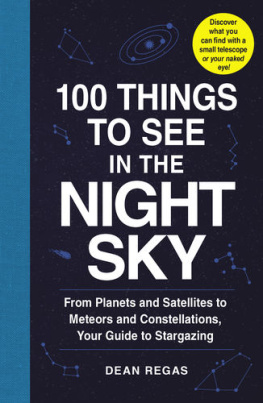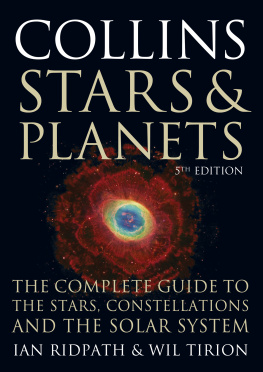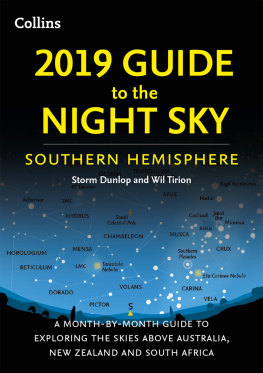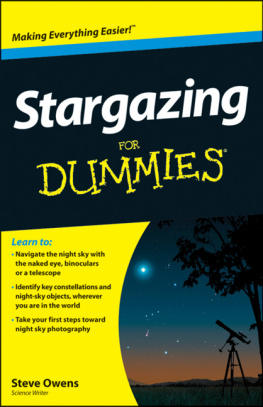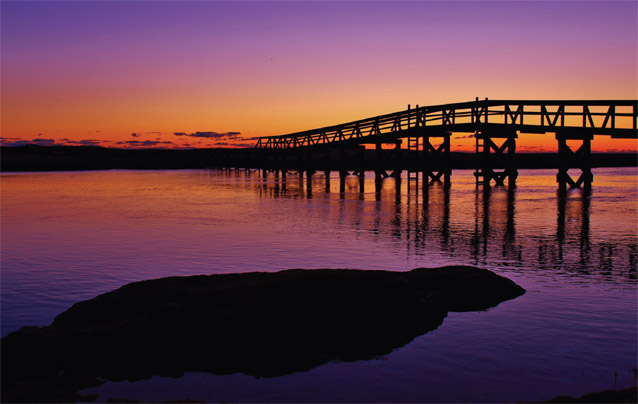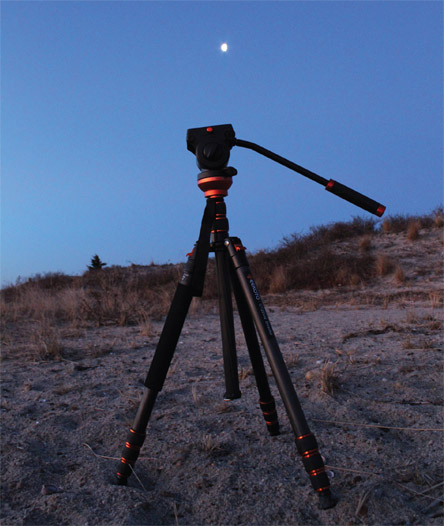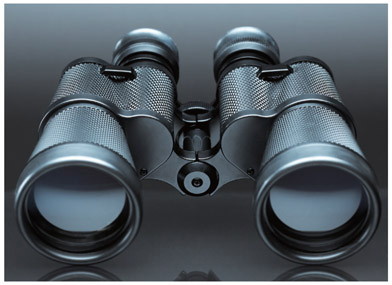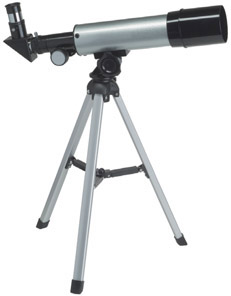Nicholas Nigro is a freelance writer and the author of several books in a variety of fields. From popular culture to business, pets and animals to science and medicine, his publishing credits span a broad spectrum of topics and appeal to an eclectic swath of readers. A skywatcher always, and a backyard astronomer when time and circumstances permit, his most recent book, KNACK Night Sky, is a colorful ode to our dynamic solar system and the sprawling and enigmatic universe beyond. He lives in New York City but stargazes elsewhere.
The Right Weather Conditions
Maximizing the outcomes of your astronomical adventures requires a helping hand from Mother Nature. Before any and all stargazing endeavors, its a good idea to pay special heed to weather forecasts. However, bear in mind that optimal conditions for surveying the nighttime skies involve more than the absence of storm clouds. And unless the moon is your celestial prey, a thin crescent or, better still, no visible moon at all is preferable.
For starters, excessive moonlight diminishes the all-important darkness that will furnish you with the most favorable portal into the celestial beyond. Even a stiff breeze will impede your viewing pleasure. Winds churn up the atmosphere at the surface, lower visibility, and make the less-bright night-sky objects more difficult, and often impossible, to locate. The most potent one-two starwatchers punch is a simultaneously clear and tranquil night.
Changhua Ji | Dreamstime.com
Courtesy of their generally agreeable weather conditions and velvety dark night skies, some favorite stargazing hot spots include the American Southwests Sonoran Desert, Bryce Canyon in Utah, Grand Canyon in Arizona, and Yosemite and Death Valley in California. Utahs Natural Bridges National Monument has actually been christened an International Dark Sky Park. There are, in fact, astronomical hotspots in every region of the country, including Cherry Springs State Park in Coudersport, Pennsylvania; Dry Tortugas National Park in the Florida Keys; Denali National Park in Interior Alaska; and elevated and isolated Maunakea in Hawaii.
Since most amateur astronomy jaunts occur during the summer monthswhen, in fact, the night skies put on some of their most impressive performancesthere is often a matter of relative humidity to contend with. Suffice it to say that less is better where humidity is concerned.
Excessive moisture in the air sullies the best possible picture window into outer space. Often humidity levelsjust like wind speedsare overlooked in the planning stages, but they shouldnt be. Many deep-sky objects, for instance, are observable only under ideal conditions. A very humid night or an exceptionally breezy evening will take them out of the celestial snapshot altogether.
Something else to ponder vis--vis general weather conditions is the season of the year. The crisp, drier, less-polluted air found during the winter monthsalong with the accessible positioning of many prominent constellations, including Orion and Canis Majordeliver impressive sky shows. Yet the colder temperatures, coupled with the inherent difficulties in remaining in the great outdoors for extended periods of time, make wintertime stargazing decidedly less popular than its summertime cousin. Dress for the season, but dont let winters night skies go unnoticed.
Optimum Locations
While the science of astronomy is sometimes complex and bewildering, the stargazing hobby is rooted in simplicity. True, not all skywatching locales are created equal, but you can in fact peruse the nighttime skies from just about anywhere. Job one is to identify a safe and stable spot in which to canvass the cosmic beyond. Rooftops and other high elevations may supply you with a grand spectacle, but they are dangerous places to be when looking heavenward.
Dark locales like national parks and beaches supply optimal stargazing possibilities.
Thomas Nigro
If you can glance north and south, then east and west, and spy the celestial sphere in total, you have surmounted a considerable stargazing hurdle. Naturally, avoid setting up shop near tall trees. Buildings, or structures of any kind, interfere with the astronomical ideala sweeping panorama.
Worth noting, too, is that close proximity to the bright lights of big cities is bad for the business at hand. Excessive lighting cast into the nighttime skies removes countless celestial objects from your viewfinder. Merely being in the vicinity of streetlights or ordinary car lights is enough to appreciably reduce outer-space sightings.
In antiquity, many more cosmic players were visible on the nighttime stage than can be seen today. Man-made lighting and pollutants are the chief culprits. Skies were a whole lot darker before a thing called electricity, and less despoiled with soot and smog before the advent of industrialization.
The tripod: essential astrophotography equipment
Thomas Nigro
A general stargazing rule of thumb is therefore this: Rural is better than urban; clean air is better than foul air. Not surprisingly, national parks are very popular places for amateur astronomers to assemble. They furnish premium views into the night skies in safe, spacious topography. If feasible, inspect the night skies in a known park, or in an open field as far away as humanly possible from synthetic light sourcesthe bane of starwatchers everywhere.
And if you are stargazing in the cold climes of wintertime, make absolutely certain that you are suitably attired for the occasion. Perusing the night skies involves a fair share of immobility. Dress with this physical level of activityor inactivity, as it werein mind. Checking out the stars on high is a nighttime event with frequently falling temperatures, even in summertime and in desert locations as well.
Diego Cervo | Dreamstime.com
Basic Gear
Before investing in a pair of binoculars or telescope, many professional astronomers recommend that beginners employ naked-eye observation of the night sky. Its critical to first ascertain where key outer-space markers are, such as the North Star and the Big Dipper. The unaided eye enables you to effortlessly traverse the celestial sphere east to west and north to south.
Binoculars are nevertheless invaluable gear for this hobby. They are less involved instruments than telescopes and thus well suited for amateurs. Stargazers typically utilize binoculars with 7 x 50 or 10 x 50 magnification. More advanced models feature 15 x 70, 20 x 80, and 25 x 100. The wider the field of view on the binoculars, the more celestial lighting it will harvest, which is what you want.
Ktphotog | Dreamstime.com
Its also a prudent idea to skywatch with an LED red flashlight. This type of light does not hamper night vision. Contrarily, any white-lighting sourceseven the negligible flash of a lighter or a single matchwill set your night vision back. Your pupils require full dilation, which takes approximately thirty to forty-five minutes, for optimal night vision and the most intimate look-see into outer space.





